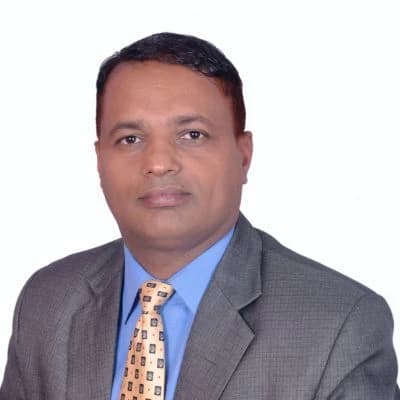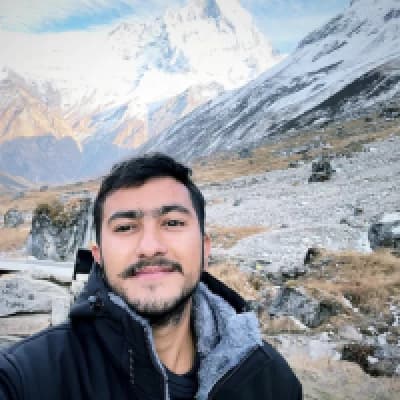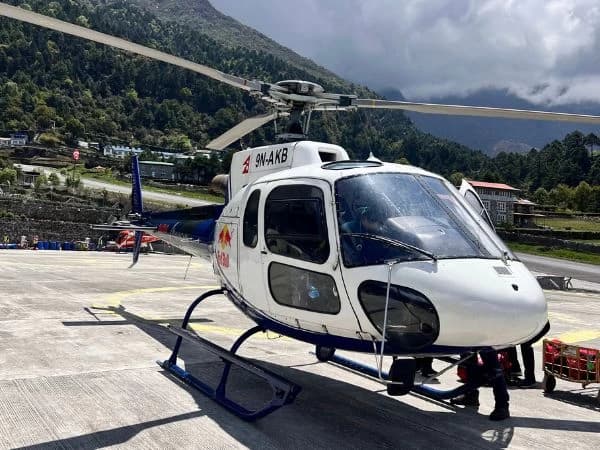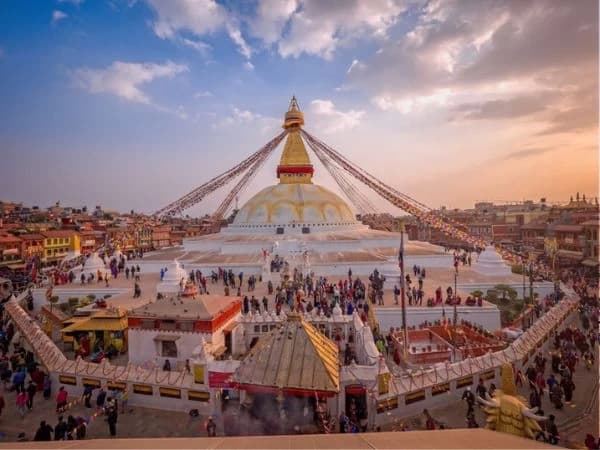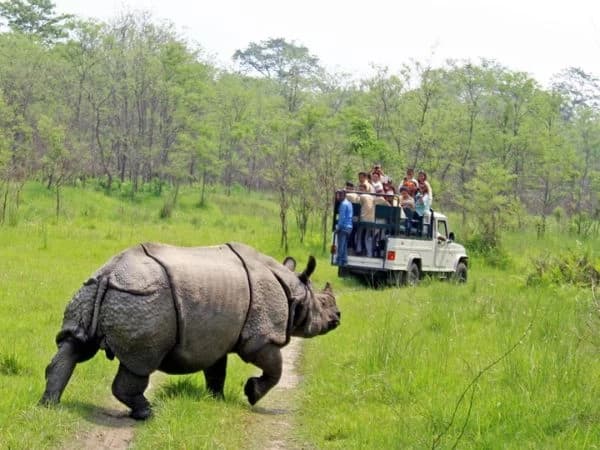Gokyo Ri Trek Overview
Gokyo Ri trek is known as the Gokyo Lake Trek or Gokyo Valley trek. Gokyo Ri (peak) trek is an alternative trekking route to the classic Everest Base Camp trek. We offer the Gokyo Ri Trek, which provides panoramic views of Everest, fewer crowds, and a peaceful Himalayan experience beyond the base camp route, all at the best price. You will see the Best view of Mt Everest and the surrounding Himalayan peaks. This Gokyo Ri trek can be completed in 13 days. Gokyo Ri trek is perfect for those who are looking for challenges and a less crowded trekking route in the Everest region. This trek offers the best view of Mt Everest and the surrounding mountain peaks. Gokyo Valley is a hidden treasure of the Everest region that offers impressive views of Gokyo Lake and Gokyo Valley, icy rivers, glaciers, and snow-capped pinnacles like Everest (8848m), Cho Oyu (8201m), Lhotse (8501m), Pumori (7145m) and Makalu (8463m). The major attraction of the trek is the Gokyo Lake, comprising six other lakes covering an area of 7770 hectares. The trekking trail to the Gokyo Ri initially follows the same trail as the Everest Base Camp trek up to Sans, Just Above Namche Bazaar, a junction between EBC and Gokyo Valley, and then separates to Mongla pass, from where trekkers can enjoy captivating sights of Thamserku, Ama Dablam, and Mt. Khumbila. During the journey, trekkers will see the Sherpa ethnic village settlement of Dole, Machhermo, Gokyo, Longpongo Lake (4690m), and Ngozumpa glacier Moraine until they arrive at the final destination of the trip, Gokyo Peak/Gokyo Ri. Once you summit the peak, you can enjoy the astonishing sights of Everest (8848m), Cho Oyu (8201m), Lhotse (8501m), Pumori (7145m), Ngozumpa Glacier (the world's biggest ice glacier), and Gokyo lake all at once, unlike the Everest trek where you have to hike to Kalapathar to enjoy the 360-degree panorama of the Everest.

Located on the rim of the Everest Region, Gokyo Ri (5357m) is one of the popular trekking destinations of the Khumbu region and the best alternative to the commercialized Everest base camp trek. The 14-day Gokyo Ri trek starts from Lukla and winds off to the majestic Everest region with a scenic Lukla Flight.
Trekking in the Everest region is not all about the sights you get to enjoy, but also about the warm hospitality provided by the Sherpa community. Here at Beyond the Limit Treks & Expedition Pvt. Ltd., we offer the best customized trekking packages for solo couples, families, and corporate group trekkers. So if you are already planning for your trip to Nepal, let us help you plan it better.
Weather and temperature in Gokyo
Trekking from March to May and September to December means you will not be a victim of harsh climatic conditions, as the temperature during this season is relatively warmer, and you can enjoy the bits of nature to the fullest.
However, trekking in June and August means constant pouring and slippery trails that are enough to cause a nuisance to your trekking experience. Similarly, trekking from January to February means heavy snowfall and freezing temperatures. But, the positive side of trekking during this time is that you can get rooms at a cheaper rate, and the trail is less crowded, meaning trekkers can explore nature and click marvelous pictures without getting photobombed.

Duration of the Gokyo Ri trek
If you are an experienced trekker, you might know the importance of acclimatization during the trip. Making your itinerary longer is always a better plan than cutting it short. If you decrease the trekking days with no acclimatization, you will be walking more hours than on average. The continuous walk through the varying elevations can cause various health hazards, like altitude sickness.
Hence, choosing a trekking package that allows you to acclimatize your body during the trek and offers a 4-6 hour walk on average is the best package for you.
How to overcome these Gokyo Ri Trek difficulties?
✔ Hydrate and acclimatize properly to reduce the chances of getting altitude sickness
✔ If you are a novice trekker, make sure that you have built the stamina required for the trek
✔ Always trek during the peak season when the weather is pleasant and the temperature is warmer
✔ Hire a licensed guide for a safe and secure trek
✔ Don’t over- or under-pack.

Best Month to Visit Gokyo Lakes
Just like the other treks of Nepal, the best months to do the Gokyo Ri trek are during the spring (March-May) and Autumn (September-December). During this season, the weather is clear and warm, and the trekking trail is adorned with blossoming flowers, making the trip even more fantastic.
-
January-February (Winter)
January to February is the coldest period when the temperature can decrease to -15 degrees Celsius. The heavy snowfall and freezing temperature, but the sights of the snow-capped pinnacles make it all worthwhile on a clear day. Another fascinating thing about trekking in the winter season is that the trail is less crowded, and you can enjoy every spot the way you like. This time is best for trekkers who want to skip the hassle of trekking on a crowded trail.
-
March-May (Spring)
It is the best time to go for the Gokyo Ri trek as the temperature is favorable, and trekkers can enjoy the outstanding sights of the Himalayas as well as glaciers. The trails look lovely with the blooming rhododendron, lilies, drumstick primrose, kumaon iris, silky rose (jungali gulaf), and others.
-
June-August (Monsoon)
The June-August period is monsoon here in Nepal. The trek is enjoyable, but due to the heavy rainfall, the chances of a Lukla flight cancellation from Kathmandu are very high. Since it's monsoon, very few trekkers who want to witness the dramatic side of the Himalayas trek during the season. Hence, the trail is empty, and nature will be at its best after the fresh rain shower.
-
September-December (Autumn)
September to December are the best months for the Gokyo Ri trek. The temperature rises to 5 degrees at night and hence is relatively warmer. Gokyo trek in October is considered the best time to trek Gokyo Ri. Trekking during this time means you will not only be able to enjoy the panoramic sights of the Himalayas but will also get an opportunity to witness the biggest Nepalese festivals, Dashain and Tihar. The whole mood and weather during this time are pleasing and energetic.
Gokyo Valley (Ri) Trekking Cost:
The Gokyo Ri trek can cost according to the service you will take. Beyond the Limits Treks and Expedition offers a different standard of the package depending upon various factors like:
- The total days you will be spending on the trail
- The services you use
- The modes of transportation used
- The season you plan your trek
- The number of trekkers in your group
- Food and drinks you savor during the trip, and many more.
You can skip the hassle of calculating the breakdown cost and buy a trekking package that includes all your trekking expenses like accommodation, transportation, food costs, and permit costs. Other than these, the costs of the following are not included in the packages of trekking companies, so you might want to have a look at them.
Accommodation and Food
Gokyo Ri Trek is a guest house/ lodge trek. The rooms will be basic with little furniture and clean washrooms. Keep in mind that washrooms will be on a shared basis. You will get food served as per the menu of the guest house/lodge house. You will find Nepali, Indian, and Tibetan cuisines. Besides that, you can also buy bars and snack items on the trail. Make sure to carry a reusable water bottle with you and refill it every time it gets empty.
Travel Insurance Cost
During this trek, you will be trekking at a higher elevation. Hence, we recommend you have a reliable insurance plan covering medical expenses and emergency evacuation Medical up to 5000m.
Together with this, ensure that the insurance covers trip cancellation or any other damage to make the trip safe and secure. The insurance cost depends on the policy you choose. if you need any help finding out the Insurance company, let us know
Equipment Cost
The most important thing you need to consider during your trip is the list of equipment you will need. A trekking checklist includes gear like trekking boots, jackets, sleeping bags, trekking poles, and other items. If you don't have these items, you can easily rent them from the local shop in Nepal. The price for renting the gear ranges from USD 1-5 (Per item) based on the quality and type of equipment you want to rent.
Miscellaneous costs
Other than the ones mentioned in the above list, there are some extra miscellaneous costs that you might have to consider during the trip. This cost includes buying souvenirs, tipping, hot water, wifi, and charging ports.

Gokyo RI Trek Vs Everest Base Camp Trek
Everest Base Camp (EBC) Trek is the most widely known trek in the Everest Region, and most people immediately think of the EBC trek when planning a trek in the region. But if you are looking for a less-crowded trek alternative to Everest Base Camp, the Gokyo Ri trek offers a serene, scenic, and equally rewarding experience.
Scenery
Both the EBC and Gokyo RI treks will provide you with magnificent Himalayan views. However Gokyo RI trek will take you to beautiful glacial turquoise Gokyo Lakes and cross the famous Ngozumba glacier (the longest glacier in Nepal) and Gokyo Ri for panoramic views of Mount Everest, Manaslu, Lhotse, and Cho Oyu, 4 of the world's six highest peaks, which are above 8000 meters.
In comparison, the Everest Base Camp Trek will take you famous Everest Base Camp where people camp and train before the Everest Summit, and offers a spectacular viewpoint of Kalapatthar, but it lacks the stunning lake landscapes and less crowded trail that Gokyo provides.
Experience
The Gokyo trekking route offers a more peaceful trekking experience compared to the EBC route. This route has fewer trekkers and quieter teahouses along the route. Trekkers who are more interested in an off-the-beaten-path Gokyo route would be ideal for them. Though Everest Base Camp Trek is a more iconic trek compared to Gokyo RI Trek, it could be crowded, especially during peak seasons like in October and April.
If you are someone who is looking for a trek to Mount Everest and who wants solitude along the trail, pristine alpine lakes, and unique landscape,s then Gokyo Lakes vs Everest Base Camp is an easy choice to choose the Gokyo Ri trek wins for its uniqueness and tranquility.
Difficulty
If we compare both treks on their difficulty Everest Base Camp Trek is considered more difficult than the Gokyo Ri Trek because of its steep ascents, while the Gokyo trek is a more gradual ascent. Both treks are considered strenuous level trekking, reaching above 5000 meters. Gokyo Ri Trek max altitude is 5357m in Gokyo Ri viewpoint, while Everest Base Camp Trek max altitude is at Kalapatthar (5,545m).








